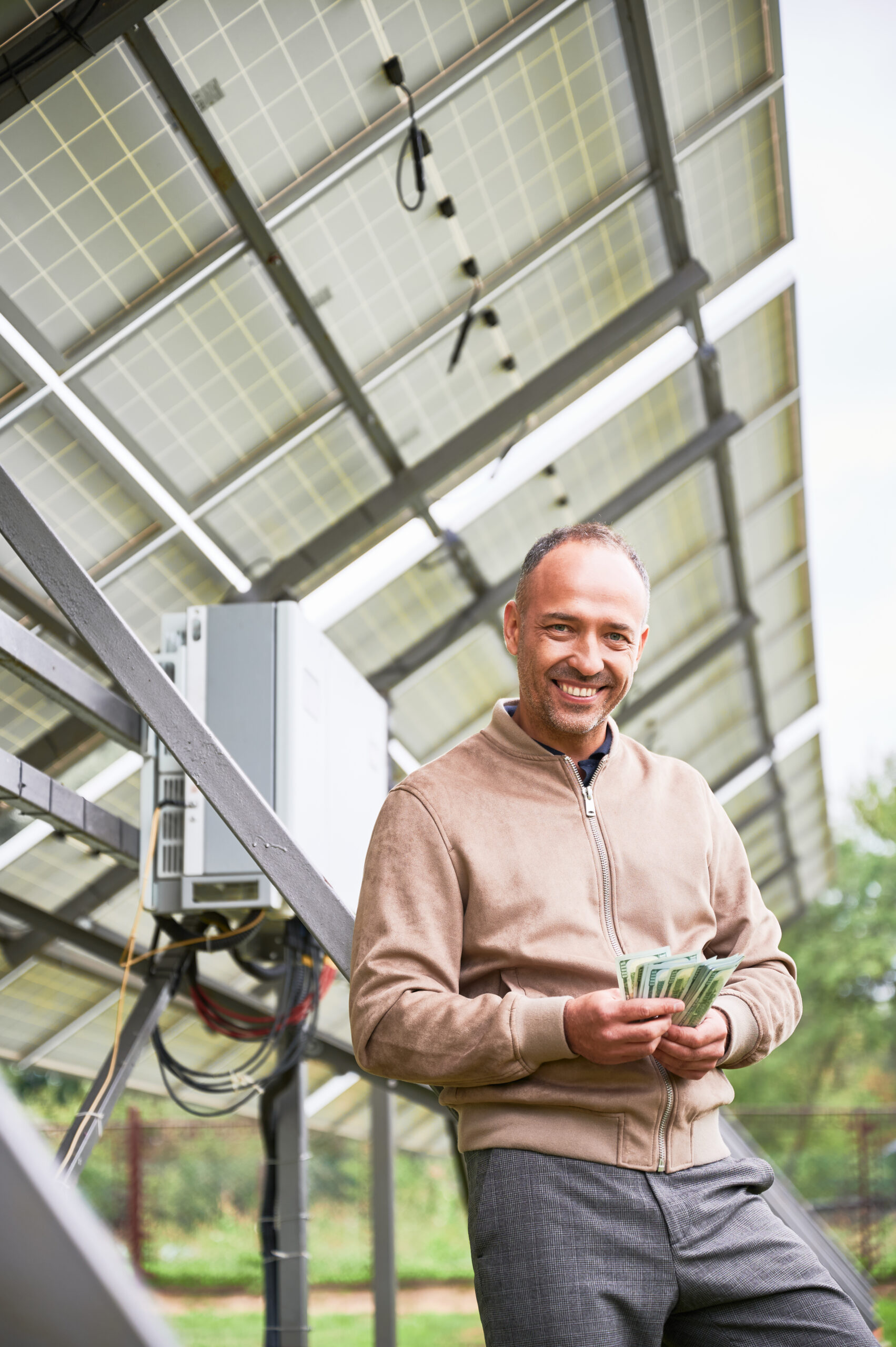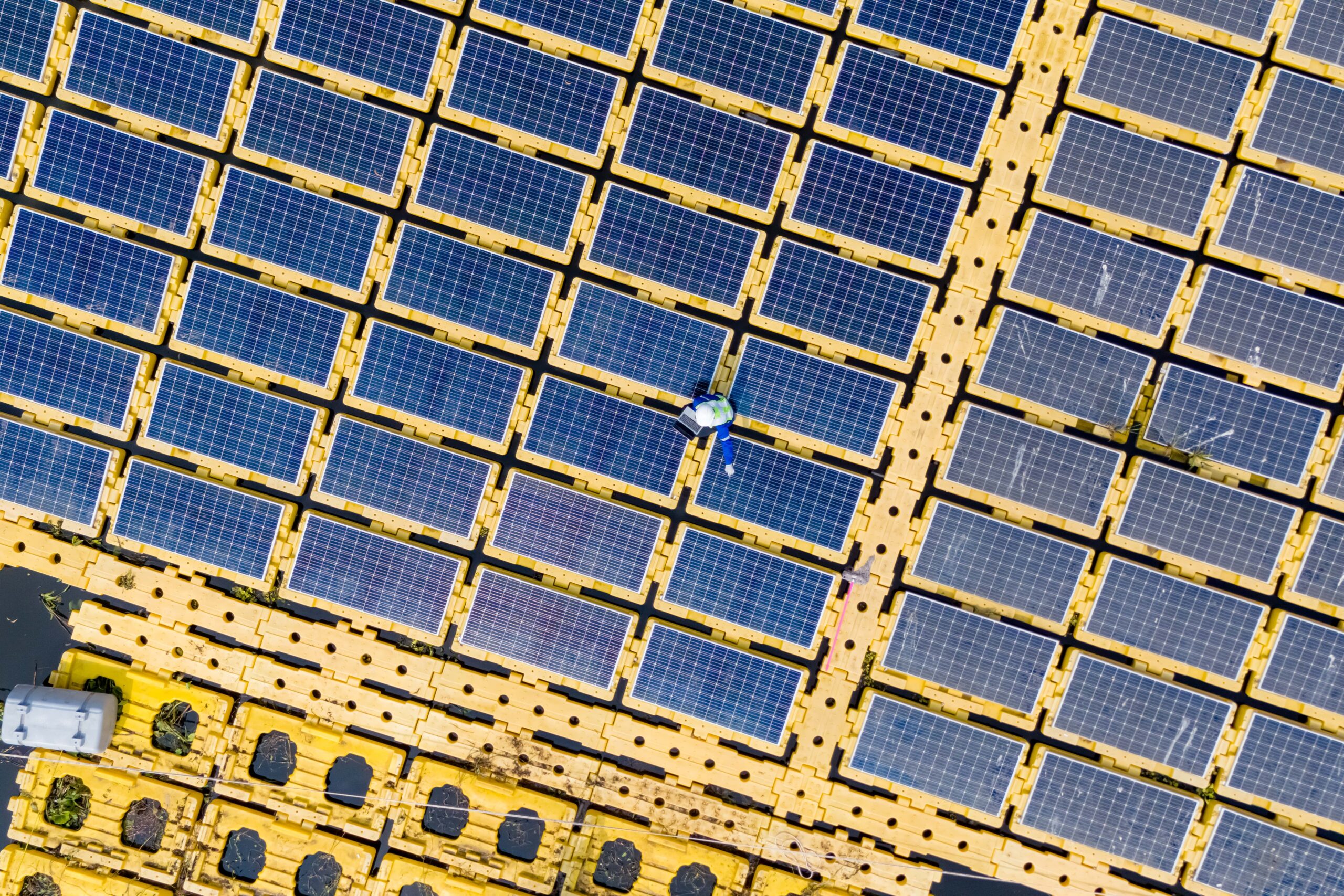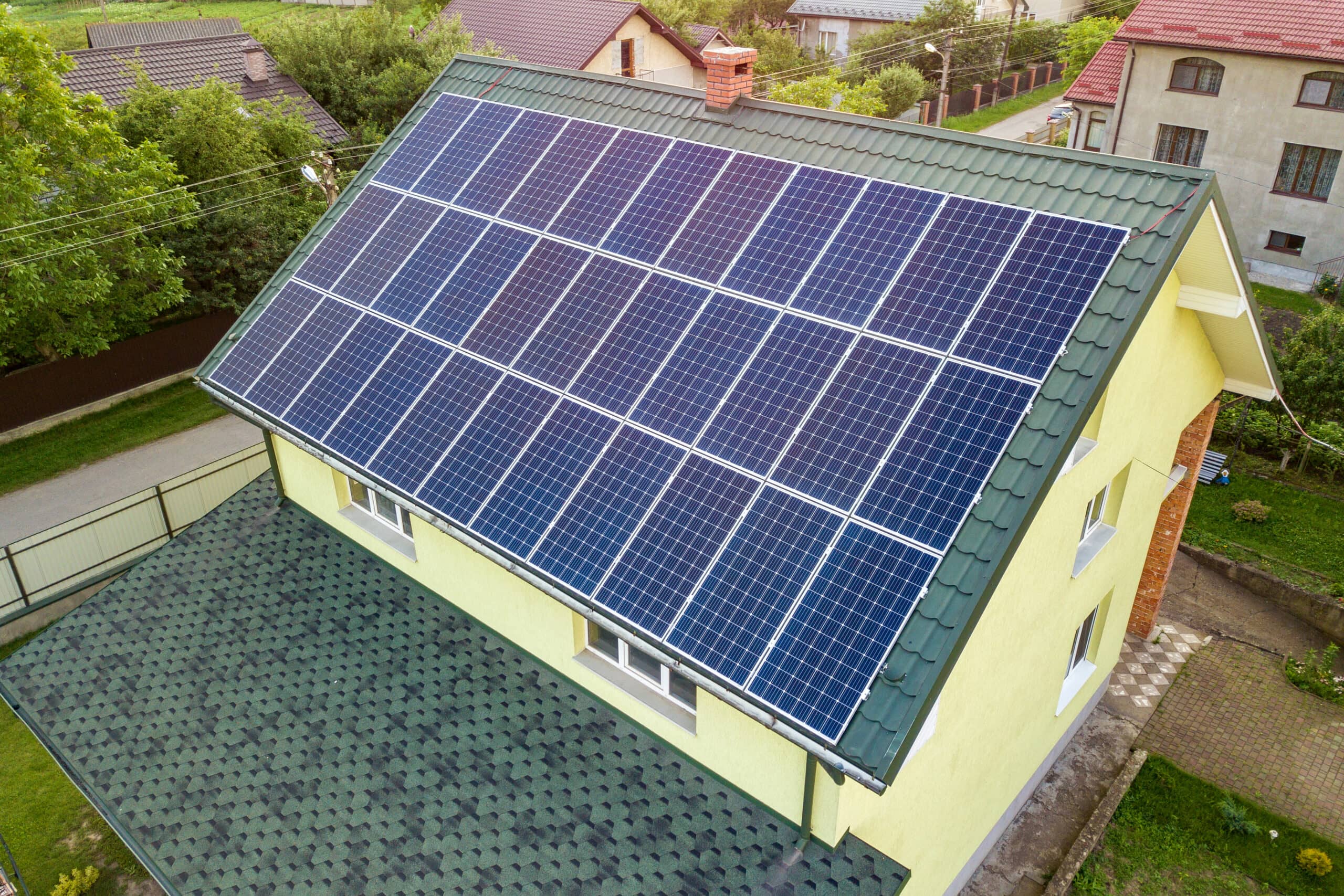Net metering is a system that allows energy consumers to generate their electricity and receive credits for any excess energy they feed back into the grid. Net metering promotes renewable energy and provides financial benefits to consumers. Optimizing energy use is crucial in maximizing these credits, ensuring a more efficient and cost-effective energy system. In this article, we will delve into practical tips on optimizing energy consumption to maximize net metering credits. Conducting an energy audit is a critical step in optimizing energy use. By identifying energy consumption patterns, you can pinpoint areas where energy efficiency improvements can be made. Energy audits can be carried out through professional services, where experts assess energy usage and recommend efficiency measures, or through do-it-yourself approaches, where you can track and analyze your energy consumption using tools like smart meters or energy monitoring devices.
Recognizing peak usage times, typically around midday, is essential for aligning solar production with high-demand periods. This alignment ensures that the energy generated by solar panels coincides with when energy consumption is at its peak, maximizing the credits received through net metering.
Seasonal changes significantly impact energy consumption. For instance, in winter, heating systems may consume more energy, while in summer, cooling solutions like air conditioning can increase energy usage. Strategies to adjust for seasonal variations include:
- Optimizing heating and cooling systems.
- Improving insulation.
- Using energy-efficient appliances to mitigate the impact of seasonal changes on energy consumption.
Identifying high-energy appliances such as HVAC systems, water heaters, and kitchen appliances is crucial for energy optimization. By understanding the usage patterns of these appliances, you can identify opportunities to reduce energy consumption. This may involve using energy-efficient appliances, implementing smart home technology to control energy usage, or adjusting usage habits to optimize energy efficiency.
Upgrading to energy-efficient appliances offers various benefits, including cost savings and increased net metering credits. Energy-efficient appliances consume less electricity, leading to lower energy bills over time. Moreover, when integrated with a solar energy system, these appliances can enhance savings by utilizing solar-generated electricity instead of drawing power from the grid. Examples of ENERGY STAR-rated appliances, known for their energy efficiency, include refrigerators, washing machines, dishwashers, and air conditioners. By choosing ENERGY STAR-rated appliances, you reduce energy consumption and contribute to environmental sustainability.
Improving insulation and weatherization plays a crucial role in optimizing energy efficiency. Techniques such as sealing windows and doors, adding attic insulation, and insulating walls help maintain a consistent indoor temperature, reducing the workload on heating and cooling systems. This results in lower energy consumption and increased savings on energy bills. Additionally, better insulation enhances the overall comfort of your home or business by minimizing temperature fluctuations. When combined with a solar energy system, improved insulation can further boost energy efficiency and maximize the benefits of net metering by reducing overall energy demand.
By upgrading to energy-efficient appliances and improving insulation and weatherization, you can significantly enhance energy efficiency, reduce energy costs, and maximize the advantages of net metering. These strategies work synergistically to create a more sustainable and cost-effective energy consumption pattern for your household or business.
When transitioning to efficient lighting, such as LED bulbs, you unlock numerous advantages over traditional incandescent bulbs. LED lighting is highly energy-efficient, consuming significantly less electricity while emitting the same light or even more. This efficiency translates to substantial cost savings on electricity bills due to reduced energy consumption. Additionally, LED bulbs have a longer lifespan than incandescent bulbs, leading to lower maintenance costs and fewer replacements. By switching to LED lighting, you save money and contribute to environmental conservation through reduced energy usage and lower carbon emissions.
Programmable thermostats are valuable tools for optimizing your home or business energy usage. These thermostats allow you to schedule temperature adjustments based on your daily routines, ensuring that heating or cooling systems operate efficiently only when needed. Programmable thermostats help reduce energy waste and lower utility bills by regulating indoor temperatures according to your schedule. Best practices for maximizing the benefits of programmable thermostats include:
- Setting energy-saving temperature ranges when you are away or asleep.
- Utilizing zoning features to control temperatures in specific areas.
- Regularly update and maintain the thermostat settings for optimal performance.
By incorporating efficient lighting and utilizing programmable thermostats, you can enhance energy efficiency, reduce energy consumption, and lower utility costs. When combined with previous energy-saving measures, these strategies create a comprehensive approach to sustainable energy management for your home or business.
Smart meters are advanced devices that record electricity consumption in real-time. These meters offer numerous benefits, such as providing accurate and detailed information on energy usage patterns. By accessing real-time data from smart meters, you gain insights into your electricity consumption habits, allowing you to make informed decisions to optimize energy usage. With this data, you can identify areas where energy is being wasted and take steps to reduce consumption, leading to cost savings and environmental benefits.
HEMS are comprehensive systems designed to monitor and manage energy usage within a home. These systems integrate various smart devices and appliances, enabling centralized control and optimization of energy consumption. Using HEMS, you can track energy usage, set device preferences, and automate energy-saving actions based on your lifestyle and needs. Integrating smart devices and appliances within HEMS creates a cohesive ecosystem that promotes energy efficiency and sustainability in your home.
Smart plugs and power strips are innovative devices that help manage and reduce energy consumption by providing connected devices with remote control and monitoring capabilities. These devices enable you to schedule power on/off times, monitor energy usage, and even control devices through smartphone apps or voice assistants. By using smart plugs and power strips, you can effectively manage standby power consumption, eliminate energy waste from idle devices, and optimize the use of energy-intensive appliances. The benefits of these devices include increased convenience, reduced energy bills, and enhanced control over your energy usage.
By incorporating intelligent meters, HEMS, smart plugs, and power strips into your energy management strategy, you can leverage cutting-edge technologies to enhance energy optimization further, reduce waste, and promote sustainability in your living space.
Load shifting plays a crucial role in aligning energy-intensive tasks with solar energy production to maximize the use of renewable energy sources. By scheduling tasks like laundry and dishwashing during peak solar hours, you can use the abundant solar energy to power these activities. Practical tips include running your appliances during the day when solar energy production is at its peak, reducing reliance on grid electricity and utilizing clean energy more effectively.
Phantom loads, also known as standby or vampire power, refer to the energy consumed by devices even when turned off but remain plugged in. These loads contribute to unnecessary energy consumption and increased electricity bills. To reduce phantom loads, it’s essential to unplug devices when not in use or utilize smart power strips that automatically cut off power to devices when they are not actively being used. By taking these simple steps, you can significantly decrease energy wastage and lower your overall electricity consumption.
Adopting energy-conscious habits within your household is a necessary step to reduce energy use and promote sustainability. Simple behavioural changes such as turning off lights when leaving a room, adjusting thermostats to optimal temperatures, and using natural lighting during the day can significantly impact energy savings. Encouraging household members to embrace these habits through education, setting reminders, and leading by example can create a culture of energy efficiency within your home, leading to long-term benefits for both the environment and your wallet.
By incorporating these behavioural changes alongside intelligent technologies, you can create a holistic approach to energy optimization that combines technological solutions with conscious energy-saving practices.
Understanding energy patterns, enhancing efficiency, leveraging technology, and adopting behavioural changes are pivotal in optimizing energy consumption. By aligning energy-intensive tasks with solar production, reducing phantom loads, and promoting energy-conscious habits, you can significantly impact your energy usage and contribute to a more sustainable future.
Optimizing energy use leads to financial savings through increased net metering credits and brings about environmental benefits by reducing overall energy consumption. By being mindful of your energy usage and implementing energy-saving strategies, you can lower your electricity bills and lessen your carbon footprint, thus contributing to a greener planet.
Take the initiative and implement the discussed strategies in your daily routine. By maximizing net metering credits through load shifting, reducing phantom loads, and fostering energy-conscious habits, you can save money and play a vital role in shaping a sustainable energy future for generations to come. Your efforts in energy optimization can make a real difference in creating a more environmentally friendly and cost-effective lifestyle.
Remember, every small change counts towards a more sustainable and energy-efficient world. Let’s continue working together towards a brighter and greener future!






